5 Best Cycling Shoes For Bunions: You’ll Wish To Discover Sooner!
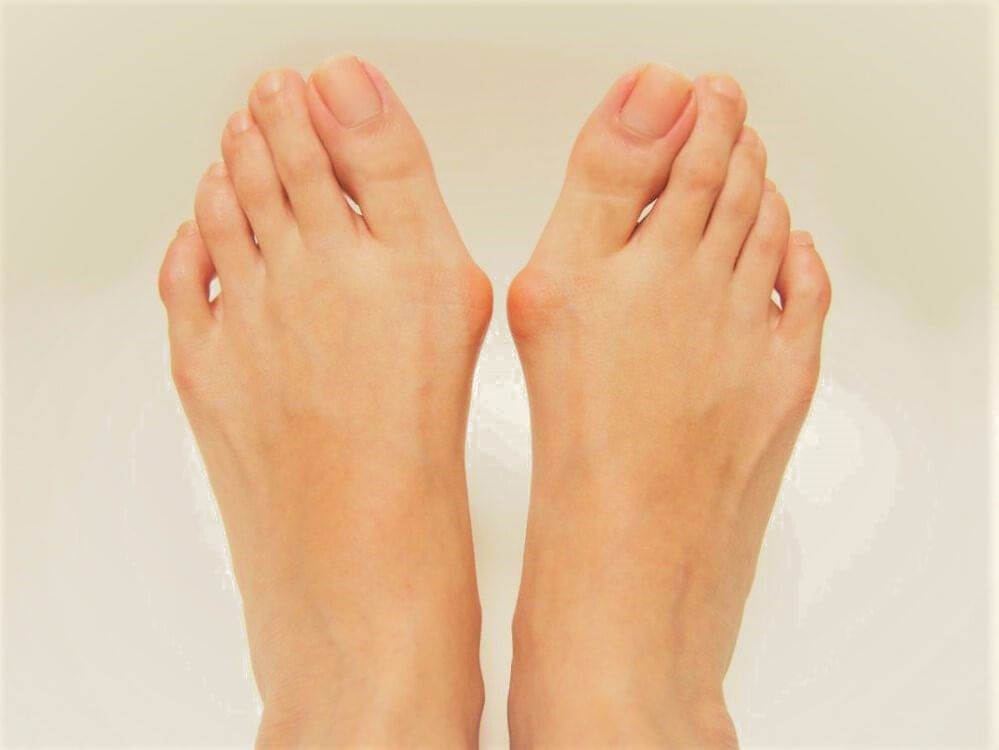
As an affiliate, we may earn from qualifying purchases. We get commissions for purchases made through links on this website. You can read more on our Affiliate Disclaimer here.
Cycling shoes can be punishing to the feet. True, they are designed to be a tight fit and hug your feet tightly. The snug design increases the efficiency of power transfer from your feet to the pedals. A pair of bigger-sized shoes will require more movement and effort, whereas tight shoes feel like a weighted version of socks that move naturally when you move your feet.
Efficiency aside, the tightness of cycling shoes results in uncomfortable riding experiences, especially if you have some foot-related issues. One such issue is the bunion, where the big toes of your feet are curved inward, potentially a bulge on the side of both feet and significant pain.
But fear not, as even if you have bunions, you can still ride with comfort. But there are a few things you can and should do for accommodating your bunions, and perhaps the most important among them is suitable footwear. Here, we are reviewing the best cycling shoes for bunions. Before that, though, let’s know what bunions are.
What Are Bunions?
Bunions are bony bumps that typically occur at the joints of your big toes. The bumps happen due to the curvature of the big toes. The big toe of each foot tends to put pressure on the other toes, potentially resulting in them becoming curved as well. Some people have slight bunions while some have significant bunions.
Why do bunions happen? Well, you might say it is genetics, and you would be right. But you’d be surprised how much our lifestyle habits play into creating and worsening bunions. Did you know that bunions can also form on your short and fifth toes?

This form of bunion is called Tailor’s bunion or bunionette. Why the name Tailor? That’s because these bunions were typical of tailors as they tended to sit cross-legged for prolonged periods, leading to bony bumps on their short toes. Ouch!
Whether they are bunions or bunionettes, apart from hereditary factors, they can very much be caused and worsened by lifestyle habits, such as sitting hunched over causes and worsening back posture. Especially people who suffer from arthritis are more prone to bunions (hereafter referring to both bunions and bunionettes).
Are they dangerous? Not really. But they can be quite painful, especially if your bunion feet are cramped in tight-fitting shoes for prolonged periods. And if you’re an avid cyclist, then bunion feet may cause significant problems.
How significant? Requiring-surgery significant? Not in most cases. You can get the surgery done to remove bunions if they interfere with your daily activities, but for now, let us think about how to accommodate our cycling shoes for our feet, rather than accommodating our feet to fit cycling shoes.
Things to Consider When Buying Cycling Shoes for Bunions
- Shoe Type
You don’t necessarily have to wear cycling shoes for cycling. Yes, cycling shoes are specifically designed for cycling, but would you rather be efficient in speed than comfortable shoes for your poor feet? Well, if it’s a race or a one-time tour with your friends or family, then yes, you might do that. But putting your poor bunion feet through such pressure by wearing cramped cycling shoes regularly?
That’s why we suggest you think about trying some other shoe types besides cycling shoes. For example, running shoes will serve you great. Even sandals will suffice, though we don’t recommend flip-flops. The point is, that you can wear any shoe type you want if it is relatively safe and provides you adequate protection from potential hazards.
If you want clipless shoes, though, which have cleats, then you need cycling shoes. Road and mountain biking is much better with clipless cycling shoes. If you do opt for cycling shoes, then can you still use them pain-free? Yes, as the following subsections explain!
- Toe Box
By toe box, we do not mean a literal box inside your shoes. Instead, we are referring to the front shape and design of shoes — the part, or “box,” where your toes go in.
Opt for shoes with a wide-toe box. Such shoes will not hug your toes, or at least not snugly. Also, consider buying men’s shoes even if you are a woman. This is because men’s shoes are generally larger than women’s shoes, and especially because women’s feet tend to be slender so women’s shoes are designed to be narrower, which can cause further pressure on your bunion feet.
- Shoe Size
Someone with bunion feet should get a size bigger than usual. However, it is not so simple as that, as even if the shoe is longer, it might not be wide enough. Indeed, people with wider feet and no bunions may also face this problem. Still, getting a bigger shoe size may very well minimize your trouble with bunions.
- Shoe Material
If the shoe is made of hard, rigid material that does not stretch, then it could be quite tough for your bunion feet. Synthetic material does not stretch much. Unfortunately, breathable mesh fabric is not a good option either due to relative un-stretchability.
On the opposite end, there are heat-moldable shoes that can be molded to fit your feet, even if they are quite “different” in size and shape due to genetics or deformation from accumulated stress.
The insole should have good padding that cushions the foot, even if the bunions themselves are not directly in contact with it. If you feel like you want to add some padding to your big toes to minimize pain or further damage to your bunions, you can do so. You can buy pads at any drugstore.
- Shoe Fastening
It’s not so much the shoe fastening system as it is the actual act of fastening your shoes. Whether your shoes use lace, a hook, and loop, a ratcheting buckle, or a dial fastening system, what matters is how you use those systems.
If you have bunions, don’t tighten your shoes more than is necessary. This isn’t to say that you shouldn’t fasten your shoes at all, which may lead to serious injury. Rather, we mean that you don’t have to tighten the laces or the dial as much as possible.
Heck, if there are three hook and loop straps, then you’ll be more than fine if you simply tighten the top strap and keep the bottom two loosely attached. The bottom-most strap is the one that is most responsible for the pressure on your toes. If you’re using a lace or dial-based fastening system, then tighten your shoes according to your convenience. But always ensure safety first.
These are our top picks on the best cycling shoes for bunions. These shoes also can be your best supportive shoes for bunions.
- SHIMANO SH-RP1 High Performing All-Rounder Cycling Shoe
- Tempo Overcurve R4 Road Cycling Shoe
- Tommaso Milano Men’s Indoor Cycling/Commuter Cycling Shoe
- Orthofeet Walking Shoes
- Weweya Barefoot Shoes for Women Minimalist Running Cross-Training Shoe
Now buckle up (pun intended) and get ready for the review on the five best cycling shoes for people with bunion feet.
Best 5 Cycling Shoes for Bunions
1. SHIMANO SH-RP1 High Performing All-Rounder Cycling Shoe
Every avid cyclist knows Shimano to be one of the top cycling brands. You should also know Shimano also makes cycling shoes suitable for those with bunions. This Shimano model is a high-end product that also happens to be ideal for people with bunion feet. Just don’t tighten the Velcro straps too much, at least the bottom strap. The toe box is quite big and the insole is quite serviceable.
To add to all that, it’s a unisex model. The price tag, however, is somewhat steep. But we feel the SH-RP1 is very well worth the price. Judge for yourself in weighing the pros and cons.
2. Tempo Overcurve R4 Road Cycling Shoe
This pair of men’s road cycling shoes are also high-end cycling shoes, as apparent from its carbon-injected nylon material and cleat compatibility. By using the BOA dial fastening system, you can easily and accurately tighten and loosen your shoes according to your comfort level. The fit is also designed to be comfortable rather than excessively tight. The model is available in a range of colors, but the price range reaches quite high.
3. Tommaso Milano Men’s Indoor Cycling/Commuter Cycling Shoe
Tommaso Milano is another versatile clipless cycling shoe that offers the best of both worlds: efficiency and comfort. We recommend this shoe if you have non-severe bunions, but not if your condition is severe. Also, buying the Milano in an extra size or two might be a good idea to be comfortable enough. While these are pricey, but not excessively so. The 2-year warranty also adds to the bargain.
4. Orthofeet Walking Shoes
Orthofeet designs footwear by prioritizing comfort over efficiency, though the latter too isn’t shabby. Not only is this Orthofeet shoe extremely comfortable, but it is also meticulously designed for people with feet that do not fit the norm.
Whether it be ankle, heel, arthritis, or bunion pain you are suffering from, you can rest assured (pun intended) that these Orthofeet Walking Shoes will grant you the most comfortable of biking experiences. With ergonomic design and convenient arch support and cushion insole, you cannot get any more comfortable than with these shoes. What’s more, there is a money-back guarantee if you aren’t satisfied with these shoes within 60 days of purchase!
But, but, but. These aren’t technically cycling shoes. As the title suggests, these are walking shoes, so won’t be able to click into clipless pedals. While these are quite costly, the price doesn’t change no matter what size you select.
5. Weweya Barefoot Shoes for Women Minimalist Running Cross-Training Shoe
This women-specific model comes with quite possibly one of the most unique shoe designs we have ever seen. Although the name contains the word Barefoot, these are in fact shoes, and you are not going barefoot. But the big toe box at the front is shaped like real feet, almost giving the impression that you are barefoot.
Adding to the feeling of being barefoot, these are tongueless shoes. There is, however, protection with an arch support insole. If you are feeling that the toe-shaped slots are potentially even more cumbersome for people with bunions, then know that the slots are quite big and roomy, leaving you quite a lot of wiggle room. The cost is quite low, especially when compared with the others on the list. What’s more, the model is available in a wide variety of colors!
However, these shoes too are not technically cycling shoes. But as we say, any shoe used for cycling is a cycling shoe, and this is one of the best cycling shoes for those with bunion feet.
Frequently Asked Questions
I find it a hard time fitting into women’s shoes. Can I opt for men’s shoes?
By all means, yes. Cycling shoes are not very gendered. Yes, women’s shoes typically have vibrant colors, but they also have a more compact design to suit the general female slender feet. But if you are a woman with large feet or bunions, then definitely think about wearing men’s cycling shoes.
What can I do to reduce bunions?
First of all, if you’re a cyclist, please follow the guidelines provided here and use one of these cycling shoes for bunions. Secondly, massage your feet. Ice packs may help. We recommend professional massages to prevent the likelihood of you doing more damage to your feet. Finally, consult a doctor whether or not the pain is significant. He/She will know whether surgery is needed.
There is not much padding in my shoes’ insoles. Can I replace them?
Yes, for sure. Not all cycling shoes come with satisfactory padding, especially if you have bunions. Be creative with your DIY tools to add padding to the insole, or just replace it with that of another shoe. Make the insole as comfy as possible.
Final Thoughts
After reviewing the top cycling shoes for bunions, we can comfortably (pun intended) say that there are two ends of the spectrum: comfort and power. But when it comes to the best cycling shoes for bunions, comfort should always be the priority.
If you want to go full throttle in your cycling game, then consider getting Tommaso Milano for its solid balance of the two ends of the scale. However, if you are a casual cyclist and looking for comfort over top-tier power, then consider Orthofeet.
The budget deal is of course the women-specific model Weweya barefoot model, the design of which is also quite unique. On the other hand, Shimano, Tommasso, and Tempo are quite expensive, but they are true cycling shoes.
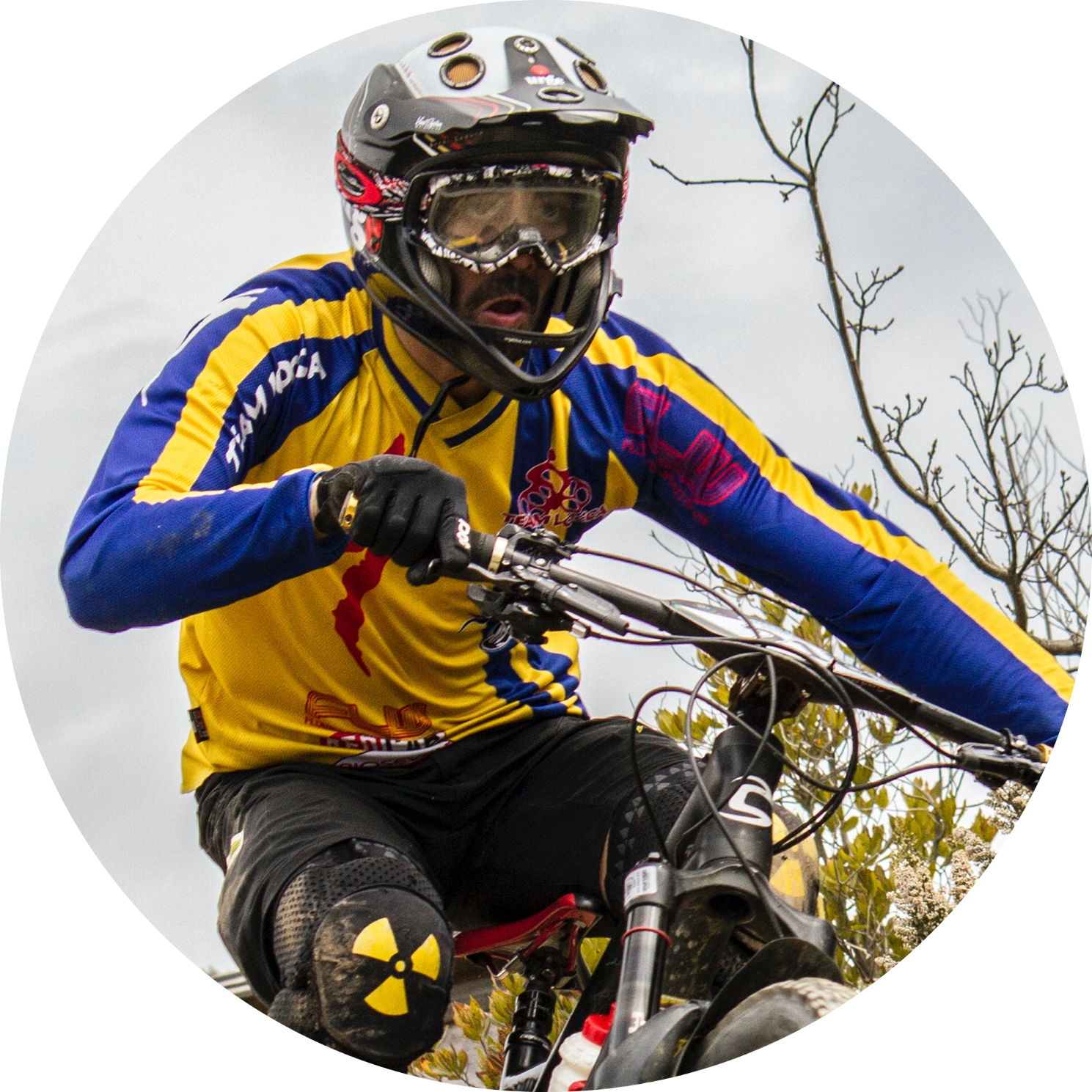
Steven is a professional cyclist and his passion is cycling. He has been cycling for the last 6 years and he loves using bikes while outing as well. Based on his experiences with the different types of bikes; he is sharing his opinions about various bikes so that a beginner can start right away. Find him on Twitter @thecyclistguy Happy Biking.
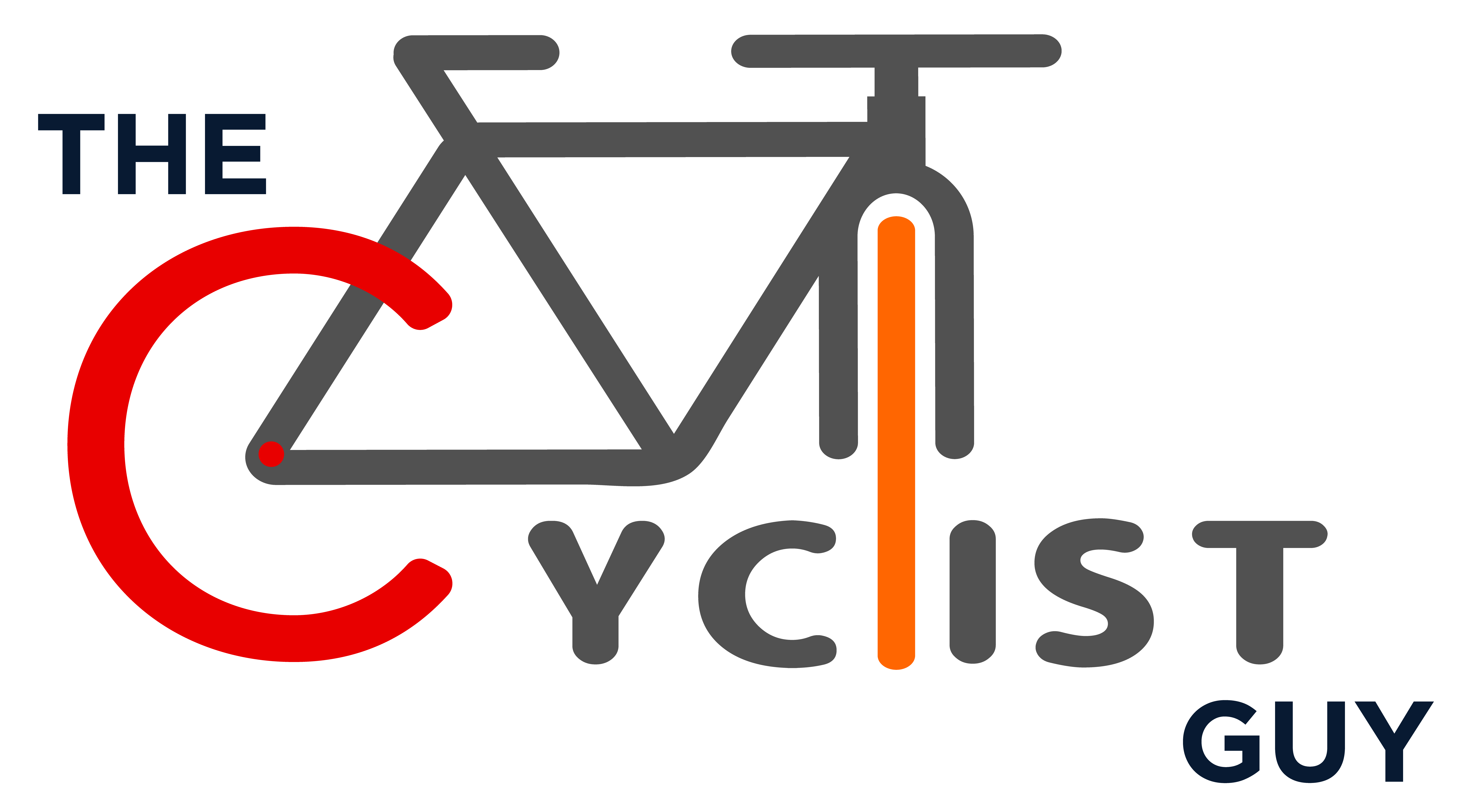
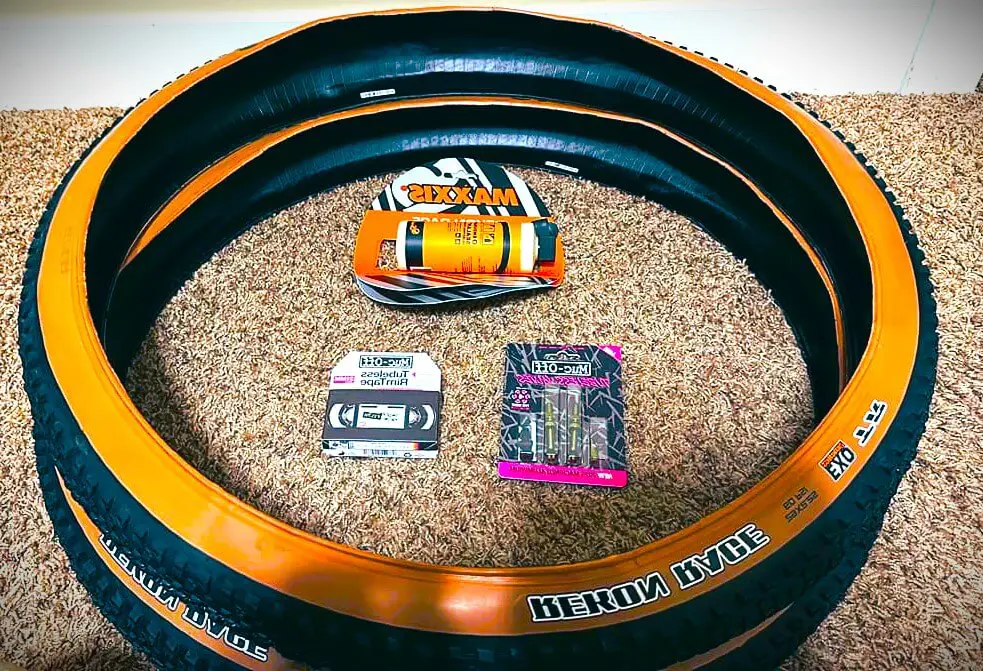

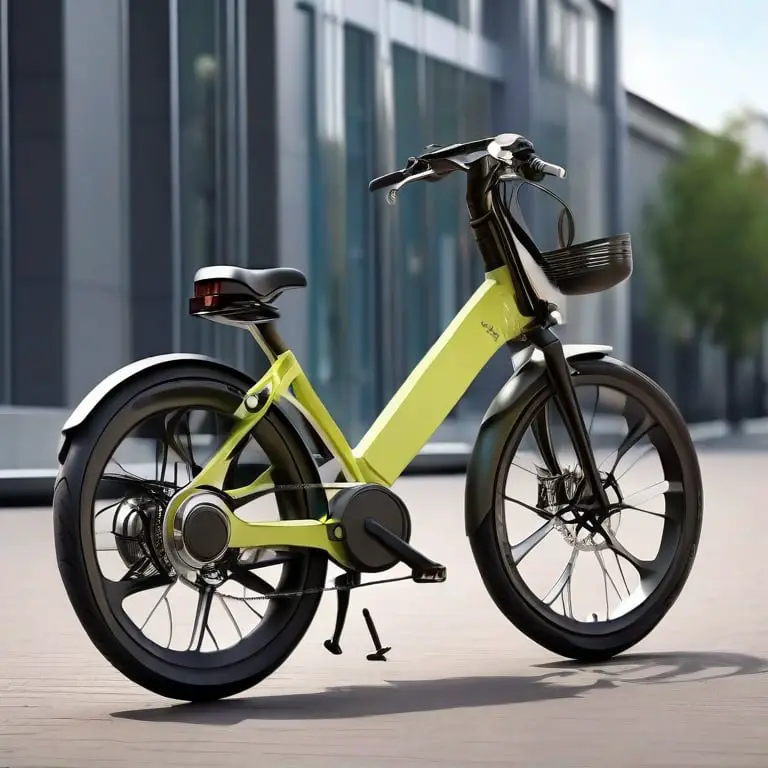

One response to “5 Best Cycling Shoes For Bunions: You’ll Wish To Discover Sooner!”
[…] Don’t just assume your regular shoe size will do the trick. Cycling shoes often fit differently than your everyday sneakers. For example, those who have bunions need the type of shoes that perfectly fit with bunions feet. […]